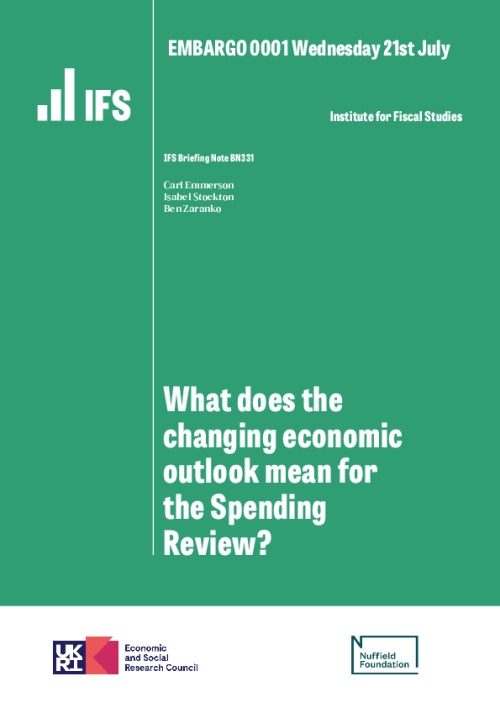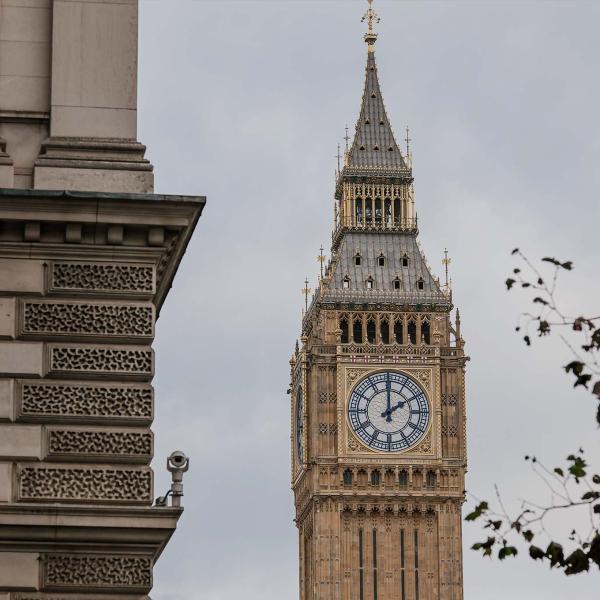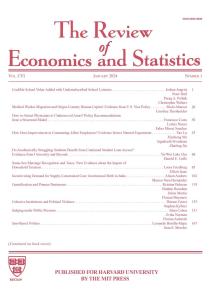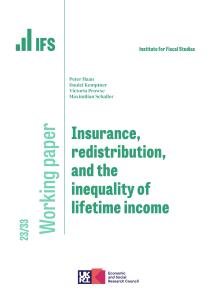As lockdowns are lifted and more economic activity is resumed, the extent, speed and nature of the UK’s economic recovery from the pandemic will be a crucial determinant of the Chancellor’s options at the upcoming Spending Review, expected this autumn. Recent data releases and independent forecasts have painted a more optimistic picture for the economic recovery in the near term than previous forecasts had suggested. In line with this, Citi’s latest economic forecast suggests that growth in both real and nominal terms will be higher this year than official forecasts expected at the Budget in March.
However, while the short-term economic picture has improved, the medium-term outlook contains much less good news, as the pandemic is still expected to have done permanent damage to the economy.
The near-term improvement and permanent cost will be reflected in the government’s fiscal position. The current budget deficit – the difference between what the government spends on day-to-day activities and what it raises in revenues – is, under our forecast, improved by £30 billion for 2021−22, relative to the forecast back in March. However, rising debt interest spending and the fading-out of the temporary boost to growth do not open up any additional headroom by the middle of the decade.
What might this mean for the Spending Review? The improvement in the near-term outlook means that if the Chancellor wants to keep within the path for borrowing set out in the March Budget, he could afford a sizeable short-term giveaway. That would likely include further temporary support for the public services put under considerable strain by the pandemic.
But his room for manoeuvre in the medium term is far more limited. The government’s existing spending plans imply cuts to some departments, and still make no allowance for additional virus-related spending. Sticking to those plans would mean spending up to £17 billion less on public services per year than what was planned prior to the pandemic, despite rising costs and rising demands. The Chancellor is facing a cacophony of calls for additional spending – ranging from catch-up funding for the NHS and schools, to more money for local government and the justice system, and demands for a substantial public sector pay rise and an extension to the universal credit uplift. The Office for Budget Responsibility (OBR) estimates that meeting the pressures on just three areas – the NHS, schools and public transport – could require around £10 billion of additional spending per year for each of the next three years. Meeting even a subset of these numerous demands would – without also raising taxes further – likely mean borrowing substantially more than was planned pre-pandemic, and most likely missing the Chancellor’s target for current budget balance over the medium term.
Key findings
- An improvement in the near-term economic outlook is likely. Under Citi’s latest forecast, we expect higher growth (and consequently higher tax revenues) to reduce borrowing this year (2021−22) by £30 billion, compared with the official forecast at the Budget in March. Nevertheless, this would still leave borrowing at 9.3% of national income, a value which has only been exceeded twice since the Second World War – last year, and during the financial crisis in 2009−10.
- While the short-term economic picture has improved, the medium-term outlook contains much less good news. Under Citi’s forecast, the recovery is faster, but not more complete, due to permanent economic damage done by the pandemic. By the middle of the decade, the cash size of the economy is expected by Citi to be 3% smaller than official pre-COVID forecasts.
- In the medium term, this would leave no headroom against the Chancellor’s stated target of current budget balance – borrowing only to invest, not to fund day-to-day spending. Despite stronger near-term growth under the latest forecasts, in 2024−25 and 2025−26 we expect the current budget to be approximately in balance: essentially unchanged from the forecast in the March Budget. These forecasts are predicated on large income tax and corporation tax rises and a tight set of departmental spending plans.
- The Chancellor could afford a sizeable short-term giveaway while staying within the path for borrowing set out in the March Budget. But his room for manoeuvre in the medium term is much more limited, leaving little-to-no space for permanent giveaways.
- This sets the scene for a tricky Spending Review later this year. The government’s existing spending plans imply cuts to some departments, and make no allowance for additional virus-related spending: some top-ups seem inevitable. But a permanent addition to those plans would – unless accompanied by another round of tax rises – on our forecasts mean higher levels of borrowing, and missing the Chancellor’s fiscal targets.
- The economic and fiscal outlook is highly uncertain, and the Office for Budget Responsibility may take a more optimistic view. But given the scale and range of calls for additional spending, any fiscal wiggle room granted by improvements in OBR forecasts will not be enough to meet the many demands on the Treasury purse.
This analysis was funded by the Nuffield Foundation as an early output of the 2021 IFS Green Budget.
The Nuffield Foundation is an independent charitable trust with a mission to advance educational opportunity and social well-being. It funds research that informs social policy, primarily in Education, Welfare and Justice. It also provides opportunities for young people to develop skills and confidence in science and research. The Foundation is the founder and co-funder of the Nuffield Council on Bioethics, the Nuffield Family Justice Observatory and the Ada Lovelace Institute. www.nuffieldfoundation.org | @NuffieldFound











